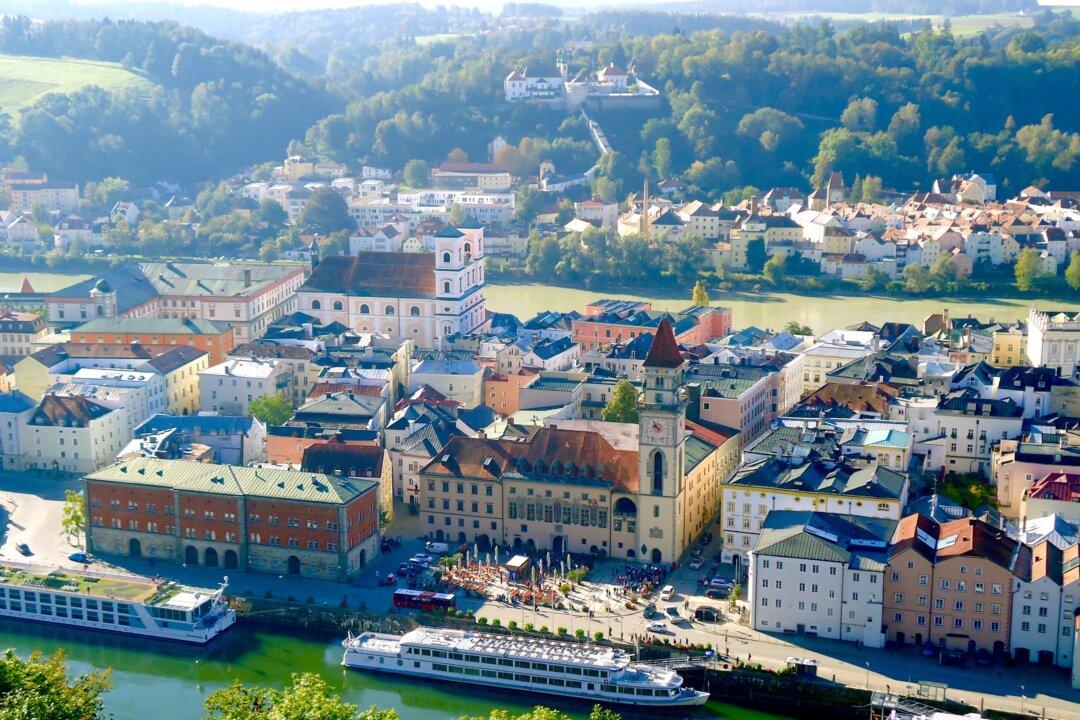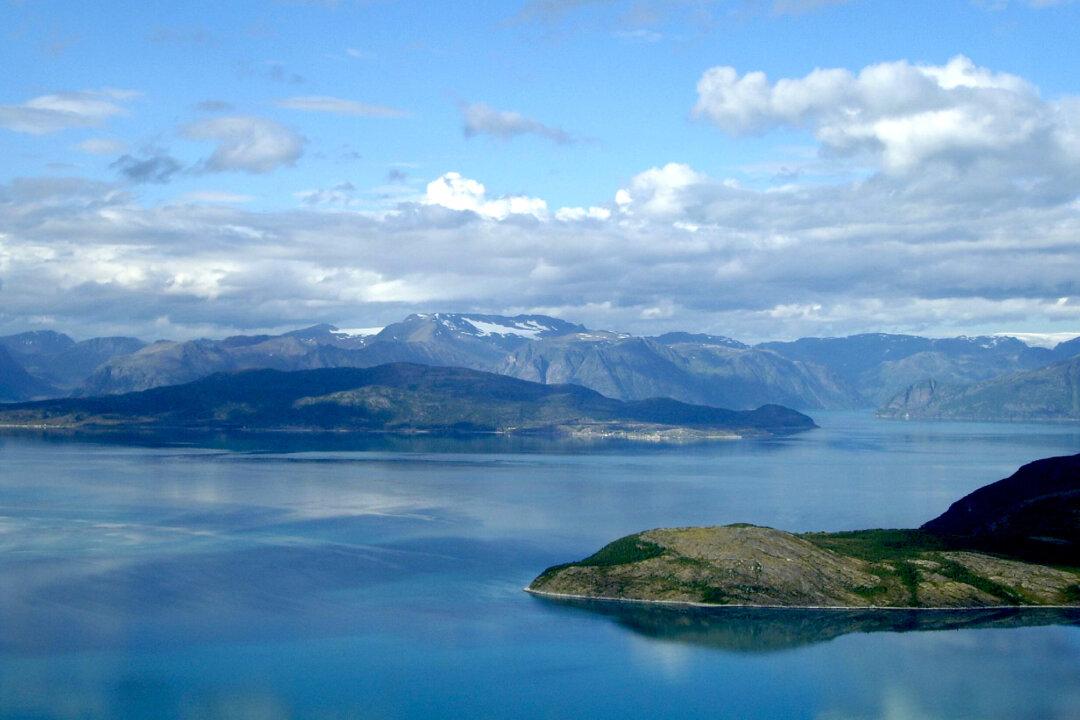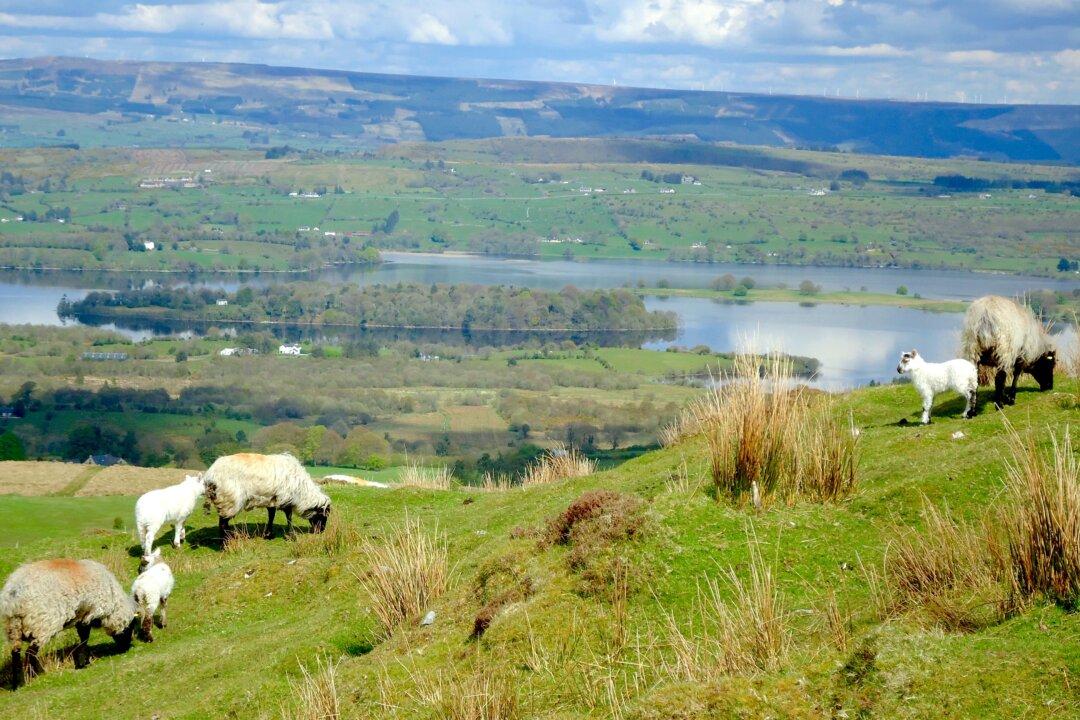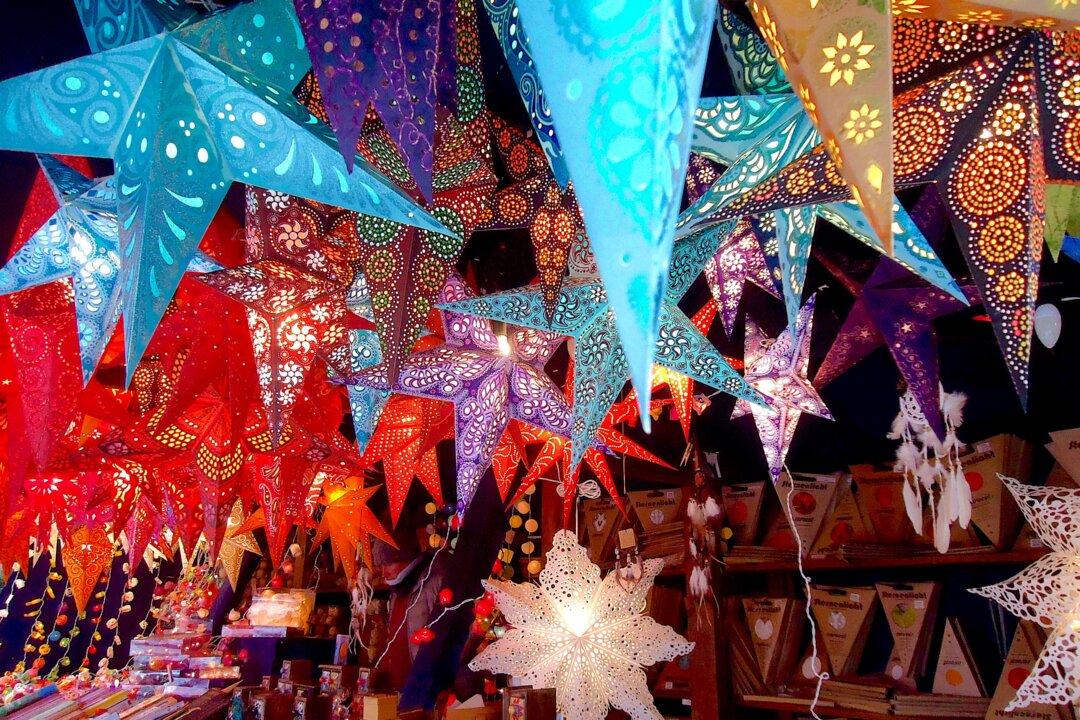The duck breast was perfectly cooked. The richness of the meat served with a pork sauce was cut by the sharp bite of sautéed red cabbage. Small pearls of parmesan gnocchi and steamed vegetables circled the dish.
We were in the ancient kitchens of the 11th-century Neuburg Castle, now Chef Klaus Eglseder’s Hoftaferne Restaurant located just outside the storybook town of Passau. That’s where we began our four-day exploration of Southern Germany’s culinary traditions, from Bavaria in the southeast to Swabia in the southwest.





